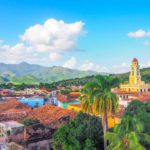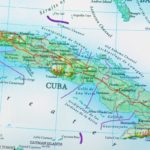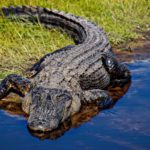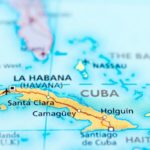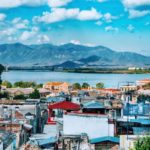Cuba is a beautiful Caribbean country that has a Latin American culture. The largest country in the Caribbean, Cuba has a large population of over 11 million people and the tourism industry has a turnover of just under five million tourists per year.
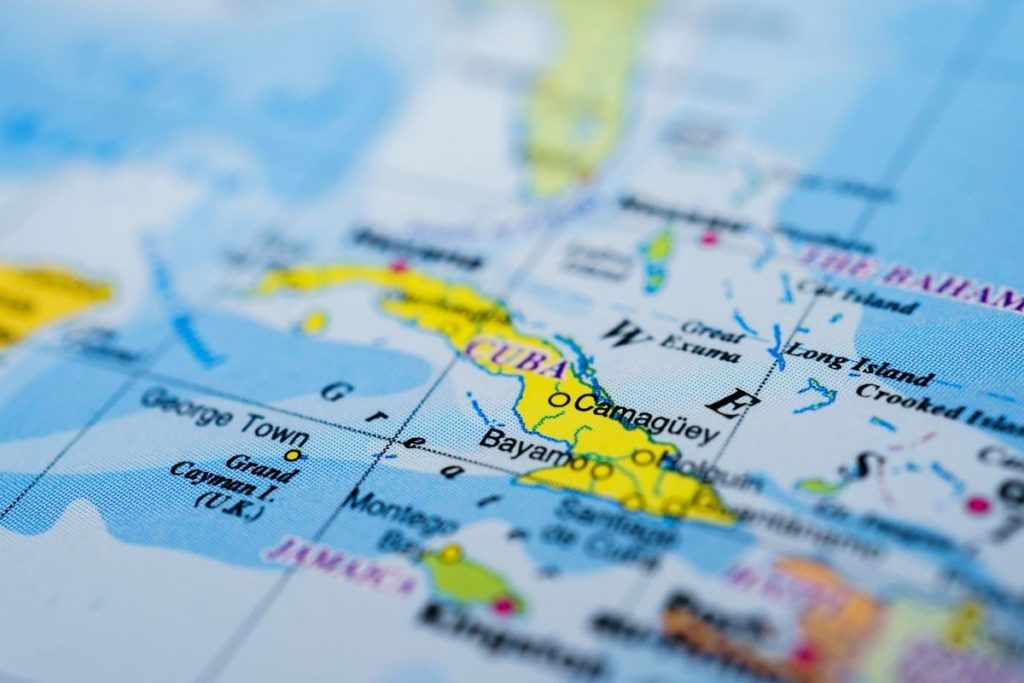
Something many may not notice about Cuba at first glance is the country has an island directly to the south of the country. Lying south east of Cuba’s capital Havana and nestled in the Caribbean Sea is the Isla de la Juventud (Isle of Youth.)
The Isle Of Youth
Located in the Canarreos Archipelago of the West Indies, the Isle of Youth stands as the largest of 350 islands. The island is not directly governed by the Cuban national government, and it is not considered to be a part of the Cuban province.
The island has a population of around 100,000 and taking up an area of 1180 square miles you would be fooled into thinking it was a part of Cuba looking at any map.
The island was discovered by Christopher Columbus and was originally known as the Isle of Pines until 1978.
The northern part of the island is a large plain of pine forests (where the island’s original name of Isle of Pines was derived from) and savannas of sandy rock and soils. The island has a few low mountains up to an elevation of 944 feet above sea level.
Covered in forests the region relies heavily on lumber to support the island’s economy. The Isle of Youths tropical climate allows for citrus fruits to grow such as oranges and limes which contributes to the island’s economy.
Other ways the island grows its economy are through the growth of vegetables, agriculture of the island’s features and uses the surrounding ocean to have a fishing industry.
The island’s black sand laid beaches formed through volcanoes that were active centuries ago, these beaches are a big tourist attraction but the island does suffer from the same issues as many islands in the area, it is victim to many of the same hurricanes that batter the Caribbean yearly.
Populated Cities And Towns
The largest city of the Isle of Youth is also the capital. Nueva Gerona founded in 1830 by Fransico Dionisio is located in the north of the island the city resides on the western bank of the river Las Casas and has a population just shy of 60,000.
A museum and planetarium just to the south of the capital contain exhibits of the island’s history. The city and its harbor are the main market and export center for the island’s produce.
Nueva Gerona sits on the coast of the Gulf of Batabano that separates the island from Cuba.
For tourists traveling from Cuba or to Cuba from the Isle of Youth the Gulf is usually traversed by either plane or boat.
You can even cross the bay on a Motorized Hydrofoil though it is not recommended as the trip would take around three hours. A much slower and larger cargo ferry takes around six hours to cross the gulf but is a much cheaper alternative.
Directly south of the capital city is the island’s second largest town of Sante Fe. The town has a population of 13,600 people. Sante Fe island’s first settlement, built around mineral strings; the town is connected to the capital city via a 15km long expressway.
Infamous Prison Residents

The island is famous for being a confinement for political prisoners and also social deviants. The famed Cuban dictator Fidel Castro was imprisoned at the Presidio Modelo after his 1953 revolution failed.
Armando Valladares and Huber Matos are some other notorious Cuban political prisoners who were sent to the island.
The island has now six active prisons and is still an island for housing maximum security and correctional prisoners.
The Many Colonial Visitors
The Isle of Youth has been inhabited since it was founded by Europeans in 1494. The island was claimed by Christoper Columbus who named it for Spain as La Evangelista.
Once the Spanish arrived on their third visit to the island they came across ancient drawings and tools used by the native population on the island that had been preserved.
Due to the presence of the world’s large colonies in the Caribbean and surrounding islands, the Isle of Youth would be susceptible to piracy during the battles between the colonial powers of England, France, Spain and Portugals naval forces.
In 1898 the United States claimed Cuba from Spain after the Americans were victorious in the Spanish-American war.
After the Treaty of Paris was amended the boundaries would be drawn for the Cuban state, this left competing claims for the unmentioned Isle of Youth.
In 1925 the then independent Cuba signed a treaty with the United States which established Cuba’s right to ownership of the island.
In 1978 Fidel Castro who was the then President of Cuba presided over a ceremony that changed the name of the island from Isla de Pinos to Isla de la Juventud.
This ceremony was a realization of a promise Castro had made in 1967 when he said.
“Let’s call it the Isle of Youth when the youth have done something grand with their work here, when they have revolutionized the natural environment, when they see the fruits of their labor and have revolutionized society here.”
Final Thoughts
So there you have it, a guide to an island that many would not know exists at first glance, a small blot on the world map that has a rich history at the center of some of the globe’s biggest superpowers contesting for ownership of the Caribbean.
The island has had its tangles with pirates and played host to a former Cuban dictator and other political prisoners.
Having a capital that overlooks the island’s big brother across the Gulf of Batabano has been majorly beneficial for the island’s tourism and trade industry.
- What Is The Largest Island In Cuba? - September 19, 2022
- Havana – Why Is It Cuba’s Most Exciting City? - September 19, 2022
- Cheapest Time To Visit Cuba (Ultimate Guide) - September 19, 2022

